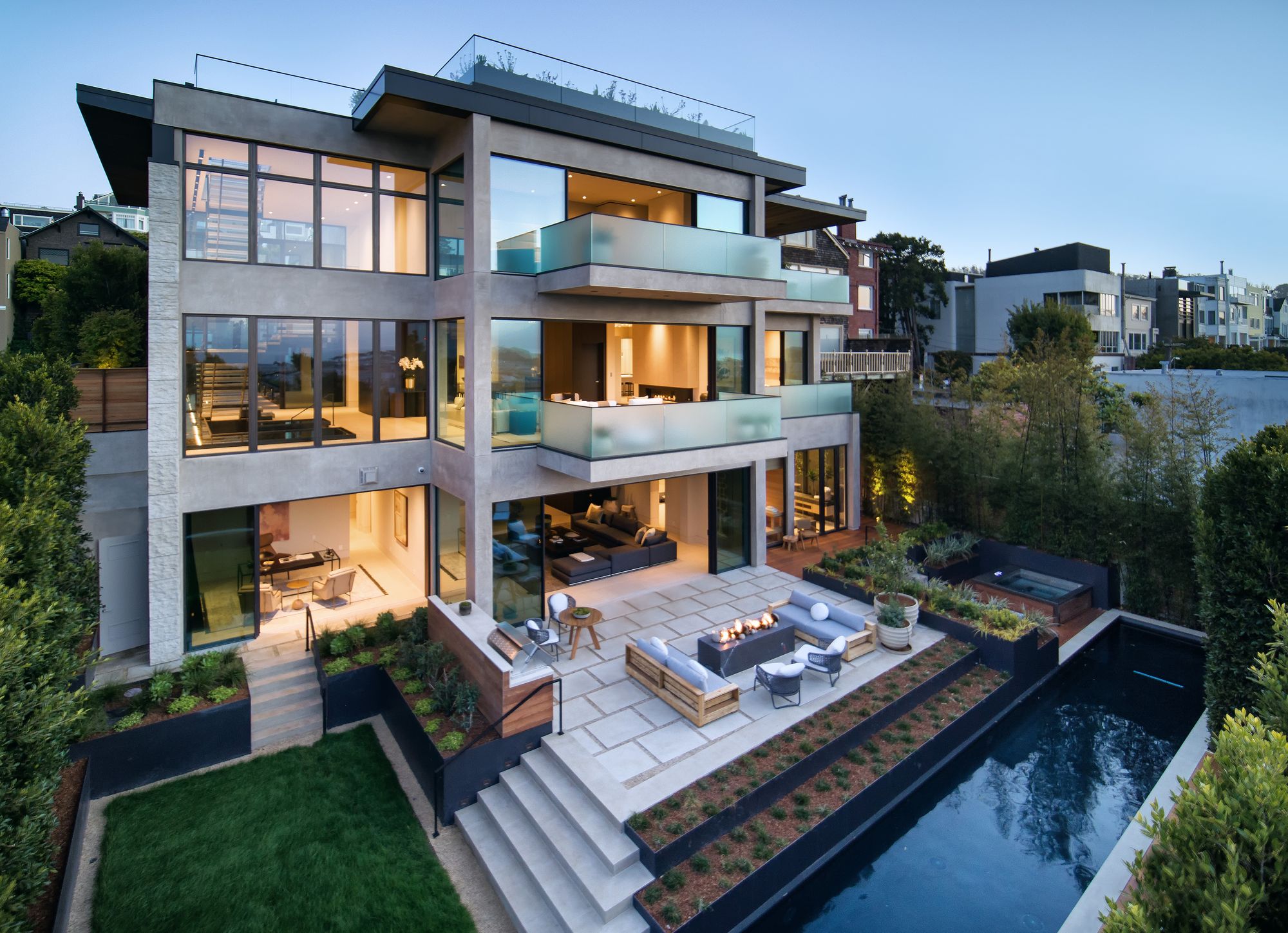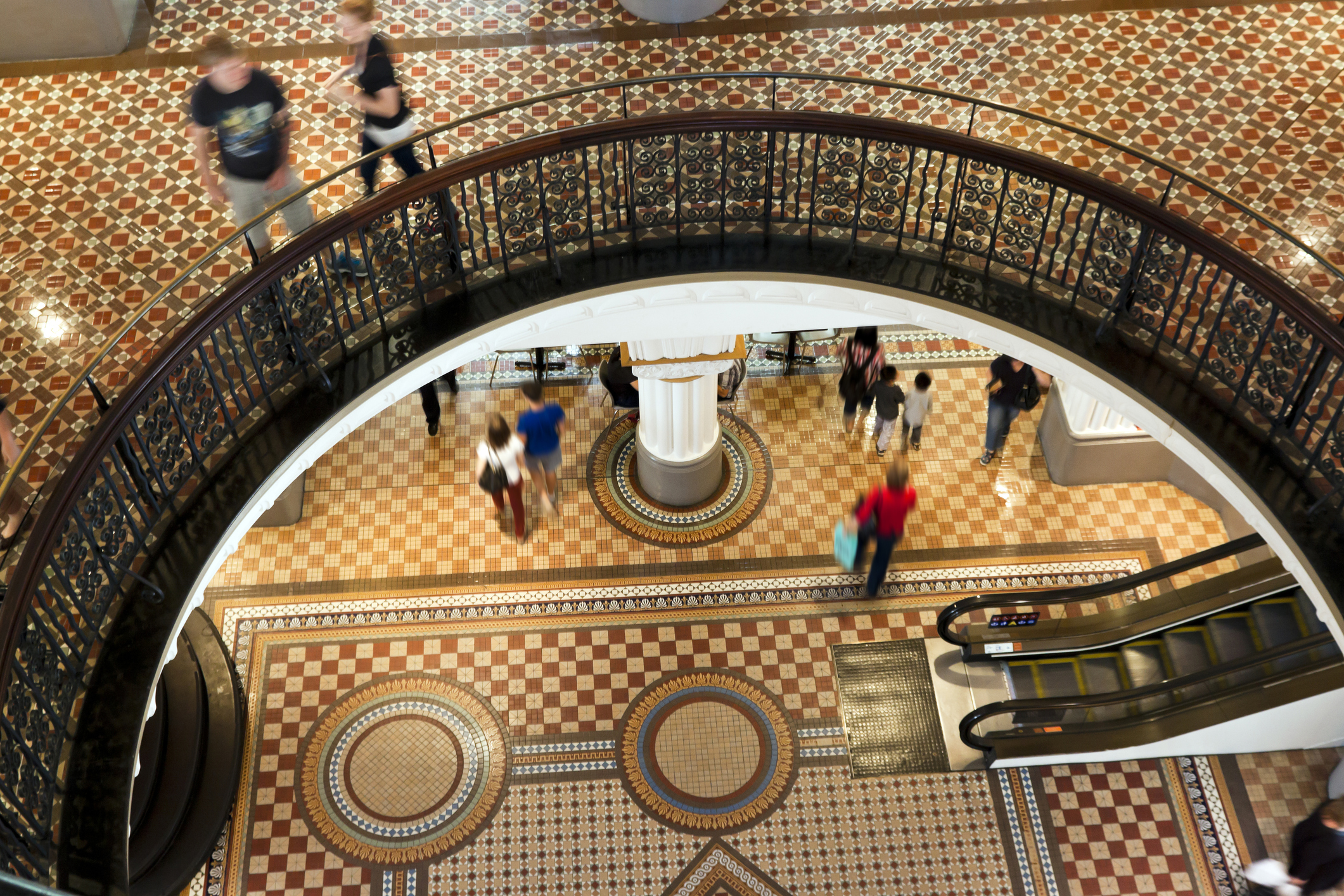The Newest Must-Have Home Amenity for the Rich: Purified Air
Pollution, allergens and Covid have homeowners focusing on filtration systems and flexible designs to improve indoor air quality
Visitors to John Bautista and Pedro Salrach’s San Francisco home can’t get enough of the lap pool, sauna and movie theatre. But they also get a whiff of something else they value: clean air.
“The house smells new—and after two years it still smells new,” said Bautista, an attorney. “I know when I’m home because it smells clean and fresh.”
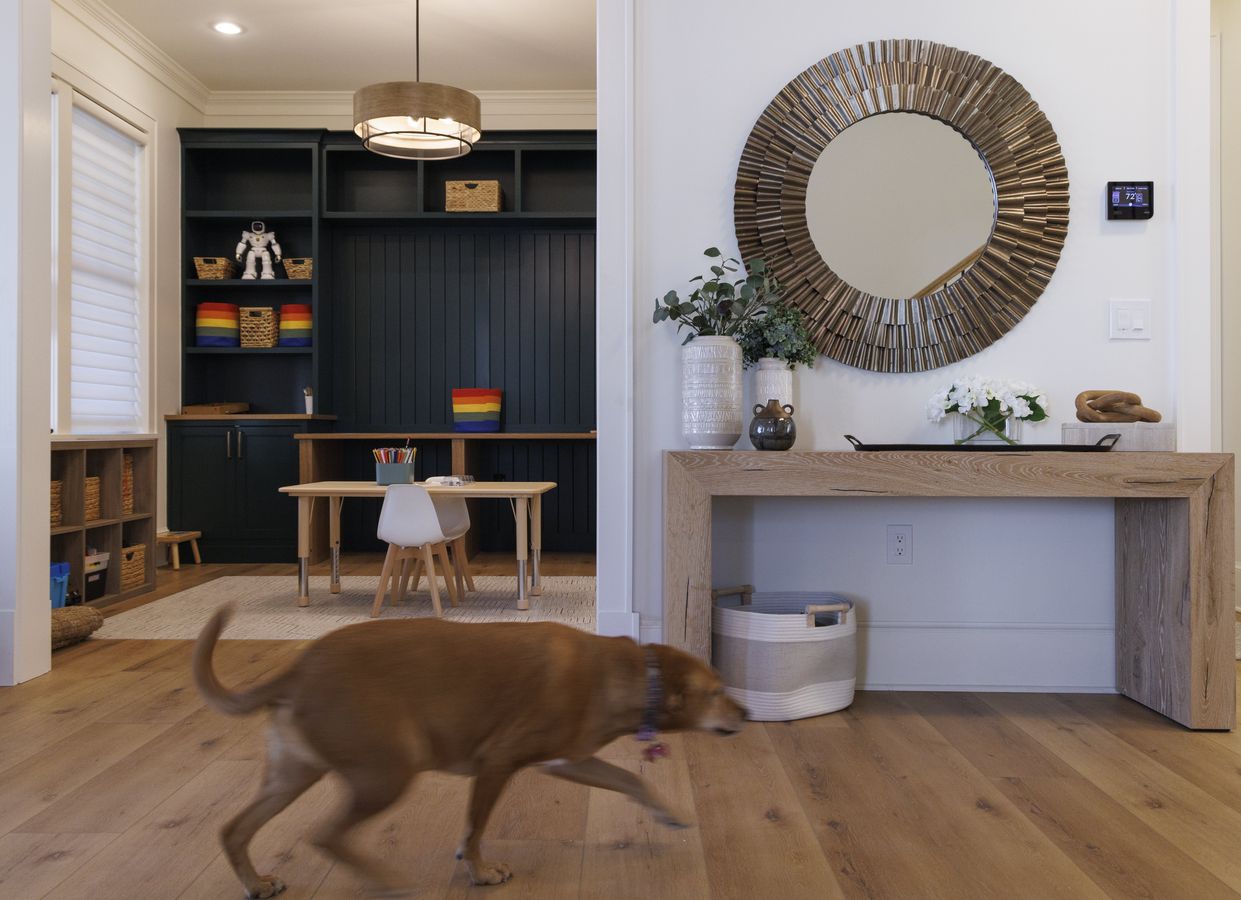
MELISSA LYTTLE FOR THE WALL STREET JOURNAL (4)
The six-bedroom home with seven bathrooms and two half-baths includes an elaborate air-filtration system meant to deal with the region’s varying air quality. The tightly sealed floor-to-ceiling windows and sliding doors offer hilltop views of the bay and access to the backyard without sacrificing air quality.
Bautista plans to further upgrade his system this year with the aim of filtering and recirculating indoor air rather than fresh outside air during periods of heavy pollution. Despite the home’s superior air quality, the family can still feel a difference on days when the outdoor air is filled with smoke. “We’ve suffered, as most people have in the Bay Area,” he said. “What we want to have is isolation.”
Developer Gregory Malin, who specialises in wellness-focused real estate, sold Bautista the home for $32 million, he said, plus an additional $5 million for fixtures and furnishings.
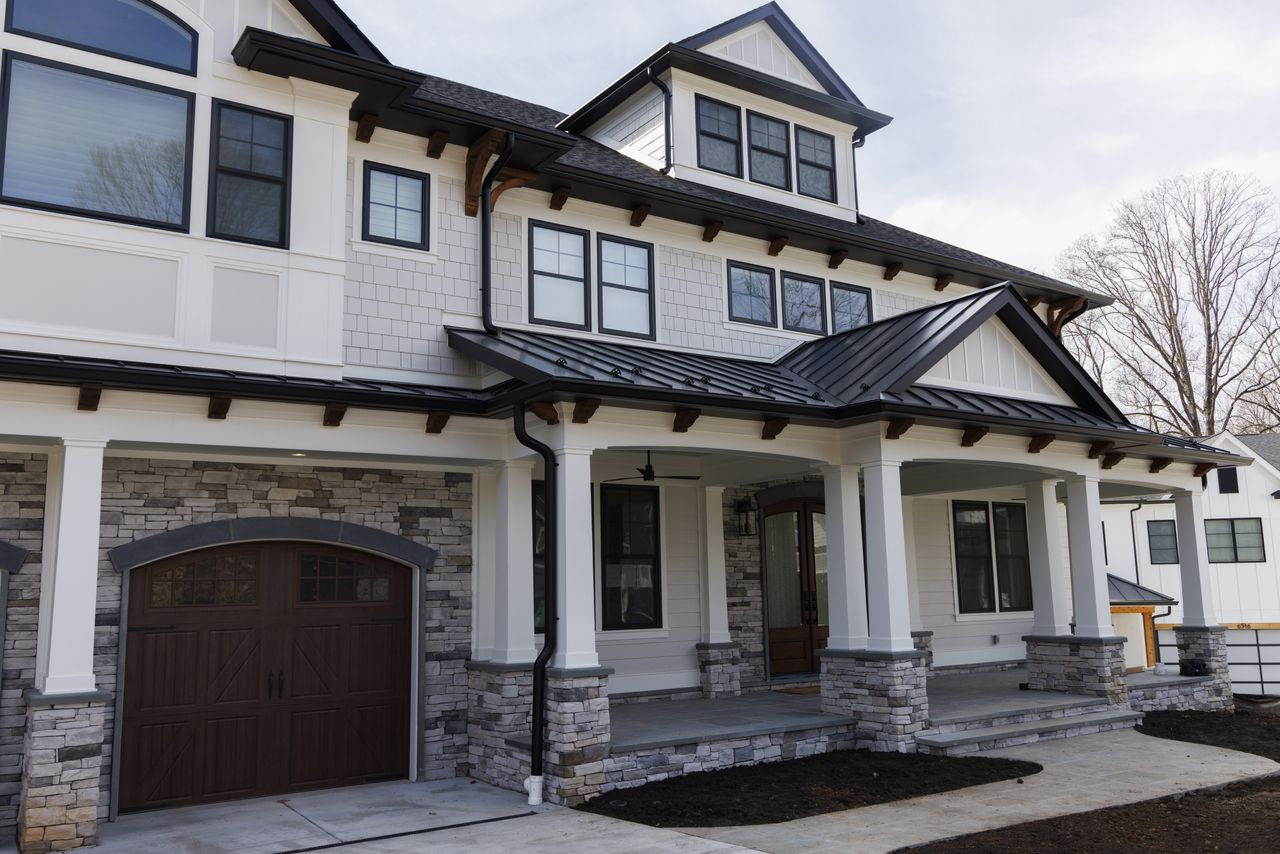
Luxury homeowners are known to splurge on sleek kitchens, custom decor and art, but they are increasingly turning their attention to something less visible. Forest-fire smoke, the pandemic and increased awareness of sensitivities to mould and other irritants are making their interior environment a priority.
Many are investing in complex systems and flexible designs that promise healthier indoor air but still include spaces, such as glass-enclosed rooms, that make being indoors feel natural.
Listings are increasingly touting pollution-fighting amenities to lure home buyers. In Santa Rosa, Calif., a 13-acre estate for sale at $15 million has a whole-home air purifier. This spring, the Dovecote building, under construction in Manhattan’s Harlem neighbourhood, will offer six, three-bedroom condos built to strict green and clean-air standards, starting at $1.5 million.
Malin, founder of Troon Pacific, a San Francisco-based developer of $15 million to $45 million properties that he calls healthy homes, said he focuses on the smallest details that can affect air quality. New tools allow for more-precise measurement of various particulate matter and carbon dioxide levels, he added. “Covid changed people’s perspective on connecting air quality to health, and the [wildfires] only enhanced that.”
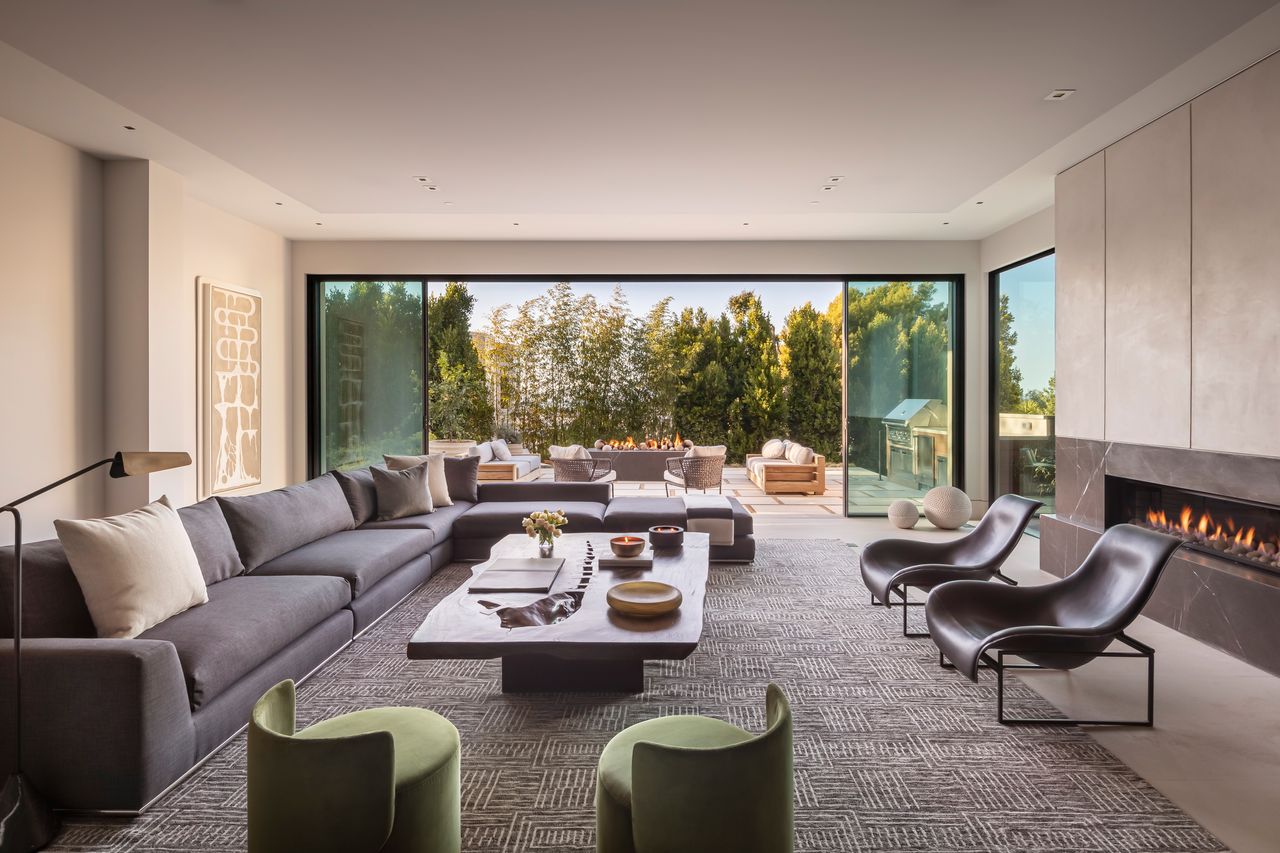
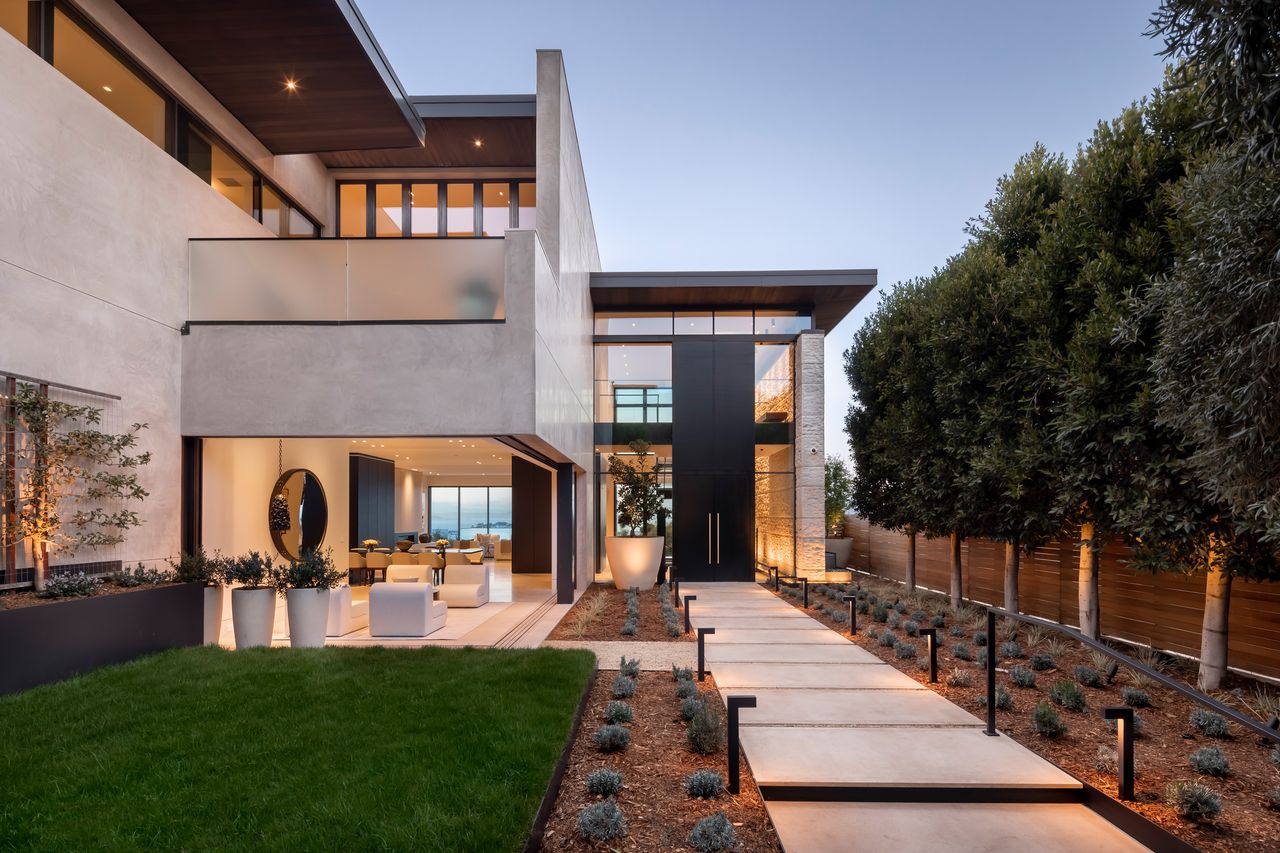
His company’s newer homes have exhaust fans, tied to ventilation systems, in laundry rooms and under sinks, where there are various pollutants and harmful cleaning products, said Malin. Their garages have separate exhaust fans that go on long enough for three air exchanges after the door opens. Ionisation-based filtration systems also are included to eliminate airborne particles too tiny to see but hazardous when inhaled.
His homes also feature perforated piping with in-line fans to exhaust air from under slab foundations to keep contaminated soil vapours from entering the houses.
He said his company is considering building to the Living Building Challenge standard, in which homes have their own electricity, water and waste management. Demand is high for such standards, he said, including passive-home construction, where airtight homes are built using specific materials and energy-efficient systems that circulate highly filtered air. He said passive-home certification is costly, especially for big homes, and has limitations that some homeowners don’t want, like bulky windows. In the long run, however, he said eliminating most heating and cooling bills is probably worth it.
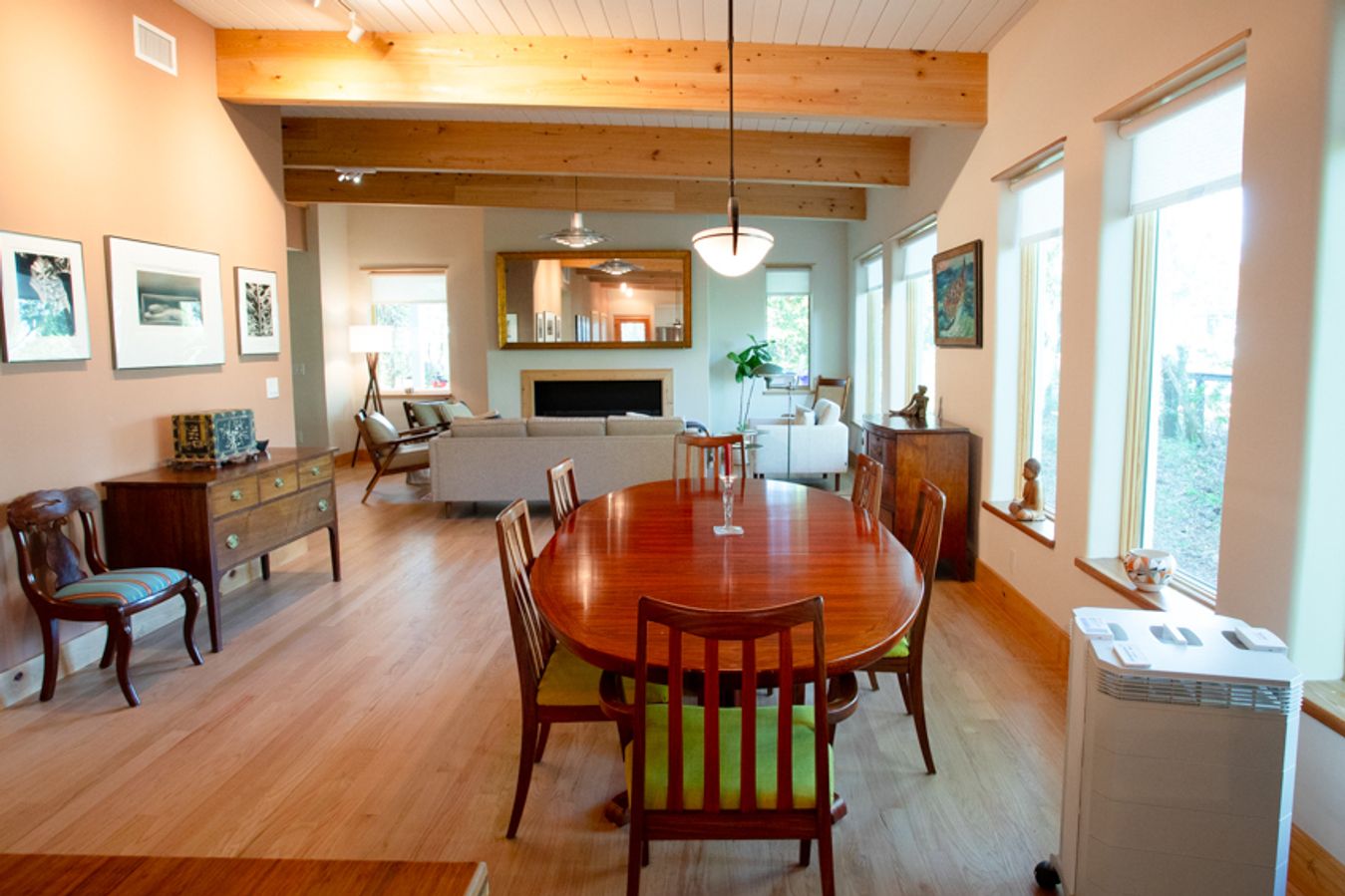

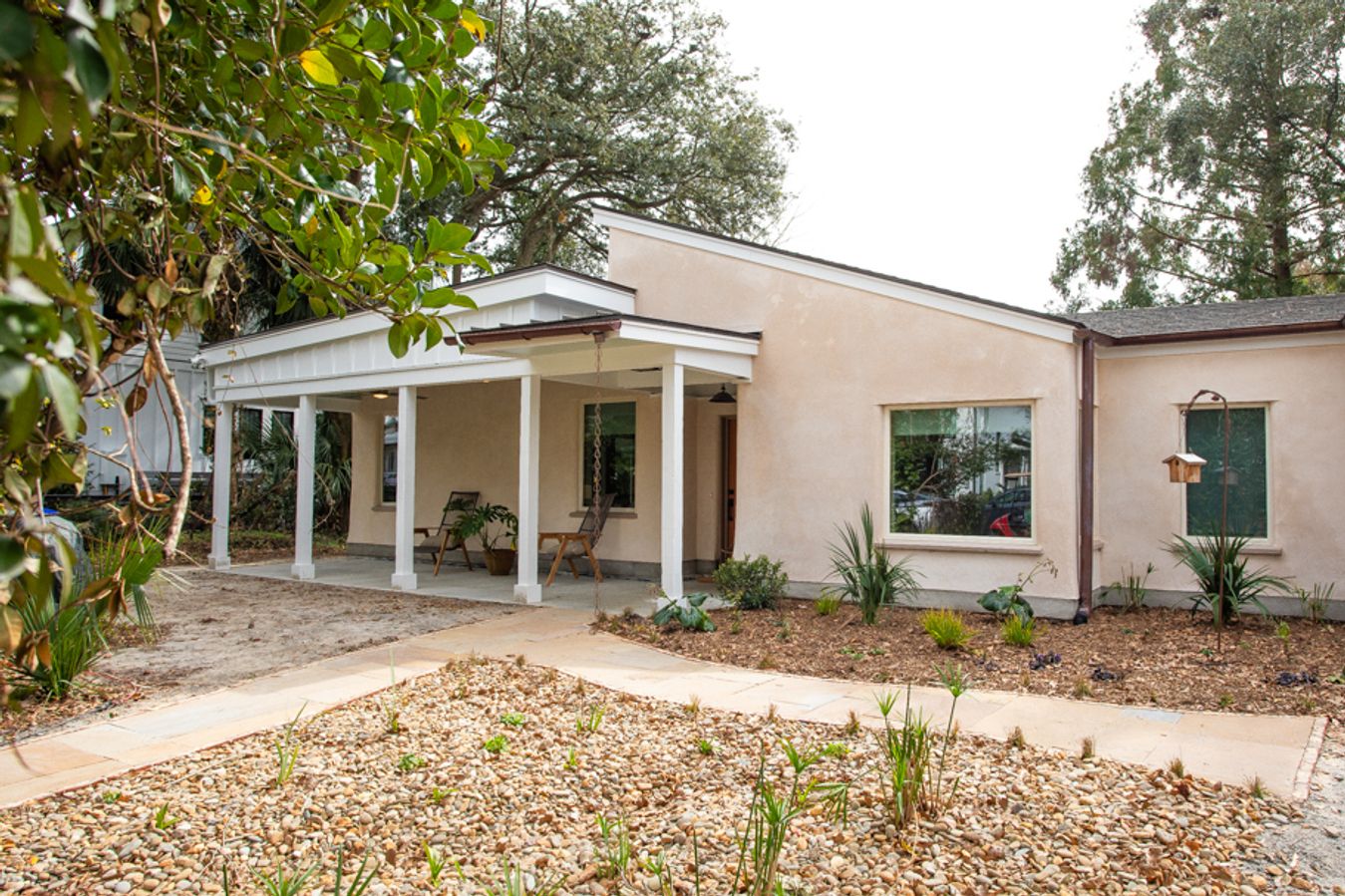
HADLEY HENRY FOR THE WALL STREET JOURNAL (4)
Clean air has become more of a talking point in homeownership, added Elliott Gall, an associate professor of mechanical and materials engineering who researches indoor-air quality at Portland State University.
While high-rises are often built to be airtight, there is a greater focus now on having windows that open while adding better filtration systems, he said. Units with outdoor access sometimes give homeowners another way to control the humidity and indoor air-pollution levels inside the home, he added.
To improve the air quality in her new Charleston, S.C., home, Caroline Smythe, 67, imported a hemp block covered in a mixture of lime and sand for the construction, rather than standard brick. Living in a high-humidity area means moisture can cause mould, said Smythe, whose 2,400-square-foot Lowcountry home was completed in 2023 for about $1 million, including $250,000 for the land.
Incorporating the new material allows the moisture to get absorbed in the walls and keeps humidity steady in the home. “It has very much an earthy feel,” said Smythe of her thick, soundproof walls.
Inside, the home’s two bedrooms and two offices have additional air-filtration elements, including stand-alone air filters for each bedroom. Smythe, a psychiatrist, chose a bamboo kitchen countertop and mineral-based wall paint to prevent any chemical off-gassing. “It makes a huge difference,” she said.
Homeowners have long tried to improve air quality. In the early 1900s, homes that let in fresh air were critical to good health, but by the 1950s some owners were trying to tame outdoor air pollution by focusing on better insulation. More recently, the pandemic made access to outdoor air essential, and turned the focus again to indoor-outdoor living.
Today’s picture is mixed. Climate change has made outdoor air quality less reliable, with the added problems of prolonged forest fires.
Many people are realising their indoor air quality is often compromised by a combination of poor indoor airflow, activities like cooking and cleaning, and outdoor pollutants that settle into confined spaces, said Gall. Homeowners now want better control over their wider living space, including modifiable systems that deal with both indoor and outdoor pollution, he added.
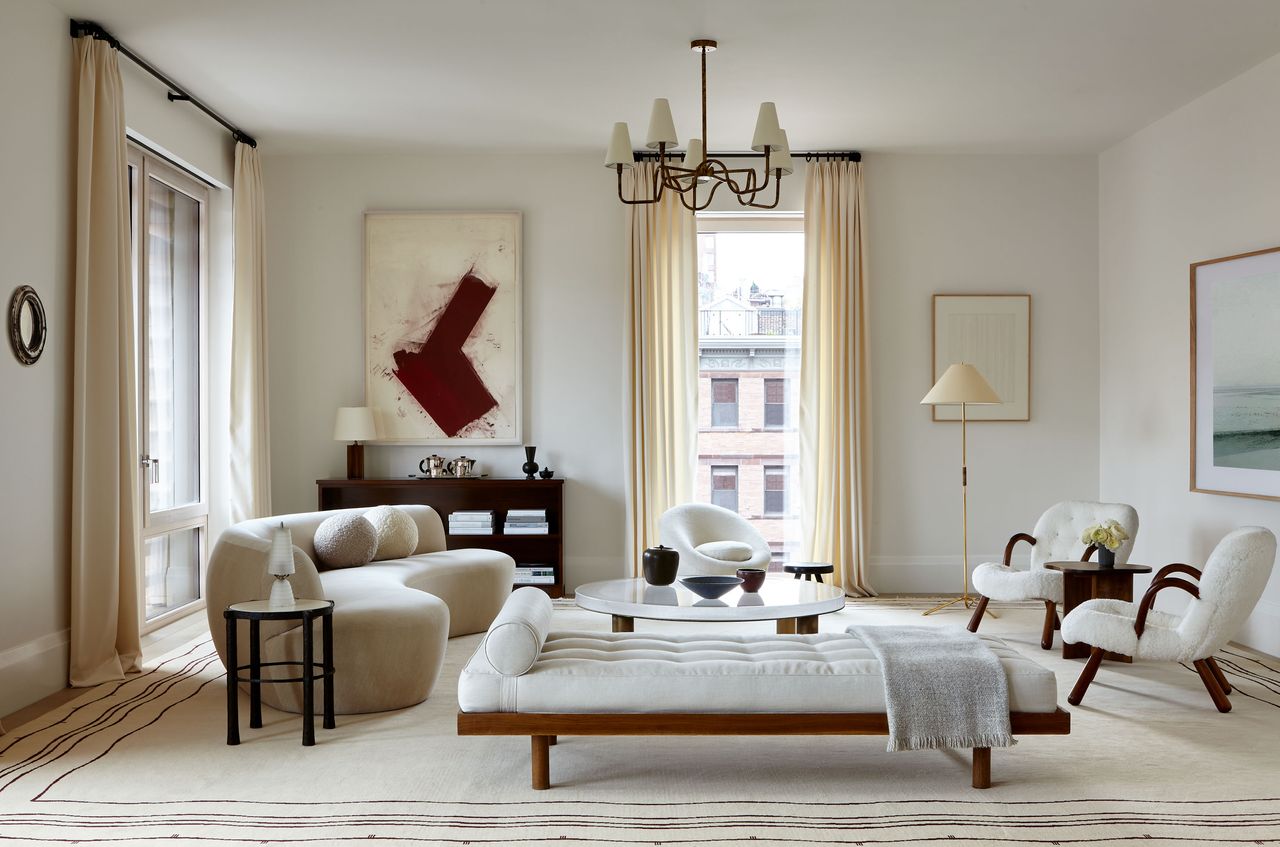
Jason Glatt, a commercial window contractor, and his wife, Lauren Glatt, a stay-at-home mom, of North Bethesda, Md., built a $2.5 million home that includes a children’s slide into a basement playroom, an attic-level cigar room and plenty of entertaining space.
The 11,000-square-foot home’s most striking feature, however, may be the five HVAC units tucked inside utility closets and other closed rooms, controlled by eight thermostats that regulate the air quality as well as temperature in each part of the home. Their $120,000 HVAC system also includes UV lights to prevent mould.
Seth Ballard, an architect who worked with the Glatt family, said individually controlled temperature zones and more return-air vents promote better air flow. Costs can be $100,000 to $200,000 for a 10,000- to 15,000-square-foot house. “They are choosing this over a kitchen countertop,” he said of homeowners in general.
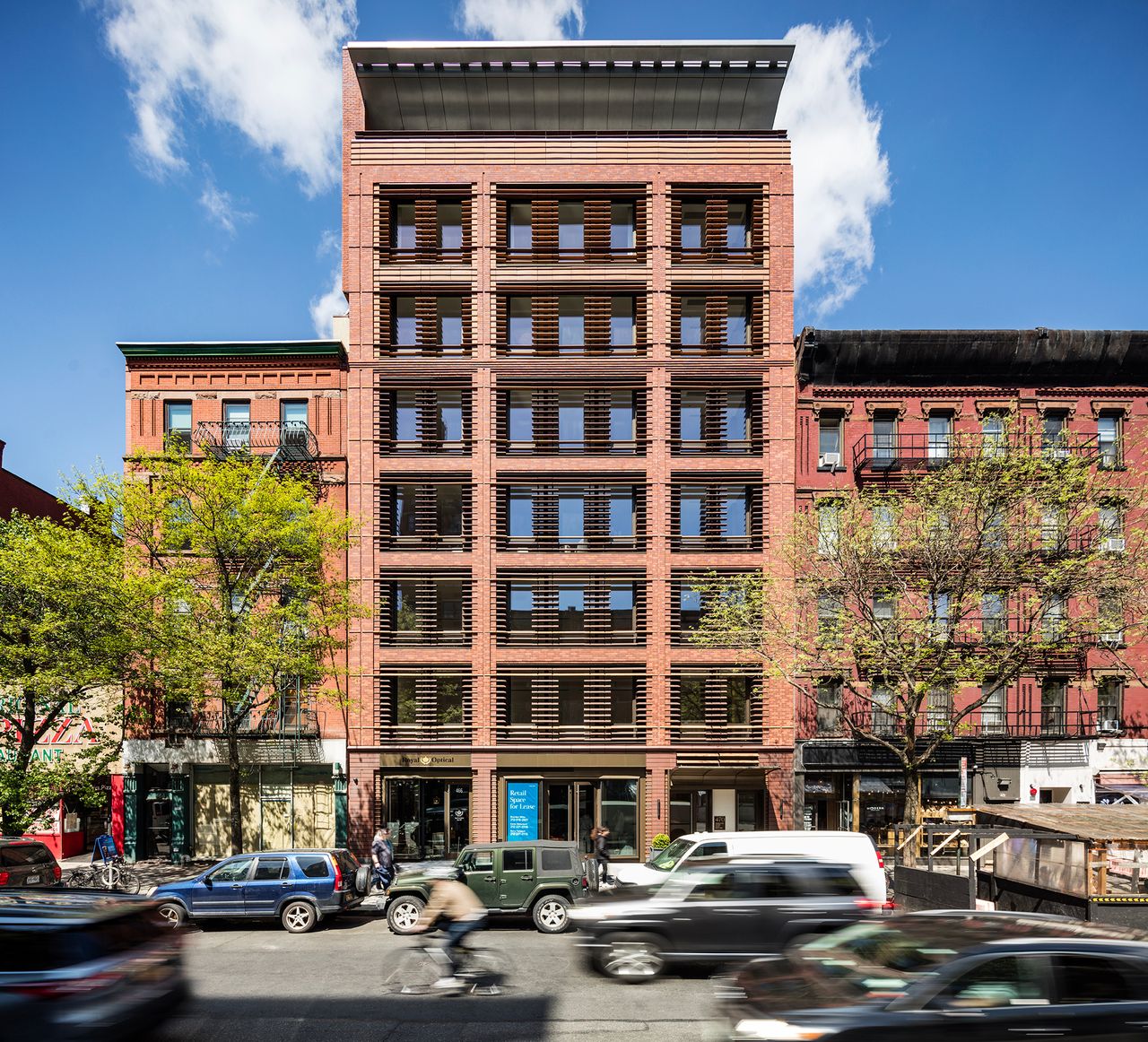
Contact: kristen@m18pr.com
Charlotte of the Upper West Side, a building in Manhattan that opened in 2023, has seven full-floor units, each with a private entrance. The building has airtight construction with enhanced insulation. Each unit has an independent heating-and-cooling system with fresh-air filtration directly into the home that isn’t shared with other spaces.
The system can achieve full air exchange 13 times a day in normal-use mode and more than 28 times a day in boost mode, said the building’s developer John Roe of the New York-based Roe Corp. The building uses louvers outside the windows to deflect the heat of the sun and cut energy use on summer days.
Roe, who lives in one of the building’s 3,570-square-foot, four bedroom, 4.5-bathroom homes, said the air-filtration system and strict passive-home construction added 15% to the building cost.
Three of the building’s units are on sale, from $8.35 million to $17 million.
He said there is little dust in the home, and he swears it now takes longer for his cut white hydrangeas to wilt.
 Copyright 2020, Dow Jones & Company, Inc. All Rights Reserved Worldwide. LEARN MORE
Copyright 2020, Dow Jones & Company, Inc. All Rights Reserved Worldwide. LEARN MORE
This stylish family home combines a classic palette and finishes with a flexible floorplan
Just 55 minutes from Sydney, make this your creative getaway located in the majestic Hawkesbury region.
As Paris makes its final preparations for the Olympic games, its residents are busy with their own—packing their suitcases, confirming their reservations, and getting out of town.
Worried about the hordes of crowds and overall chaos the Olympics could bring, Parisians are fleeing the city in droves and inundating resort cities around the country. Hotels and holiday rentals in some of France’s most popular vacation destinations—from the French Riviera in the south to the beaches of Normandy in the north—say they are expecting massive crowds this year in advance of the Olympics. The games will run from July 26-Aug. 1.
“It’s already a major holiday season for us, and beyond that, we have the Olympics,” says Stéphane Personeni, general manager of the Lily of the Valley hotel in Saint Tropez. “People began booking early this year.”
Personeni’s hotel typically has no issues filling its rooms each summer—by May of each year, the luxury hotel typically finds itself completely booked out for the months of July and August. But this year, the 53-room hotel began filling up for summer reservations in February.
“We told our regular guests that everything—hotels, apartments, villas—are going to be hard to find this summer,” Personeni says. His neighbours around Saint Tropez say they’re similarly booked up.
As of March, the online marketplace Gens de Confiance (“Trusted People”), saw a 50% increase in reservations from Parisians seeking vacation rentals outside the capital during the Olympics.
Already, August is a popular vacation time for the French. With a minimum of five weeks of vacation mandated by law, many decide to take the entire month off, renting out villas in beachside destinations for longer periods.
But beyond the typical August travel, the Olympics are having a real impact, says Bertille Marchal, a spokesperson for Gens de Confiance.
“We’ve seen nearly three times more reservations for the dates of the Olympics than the following two weeks,” Marchal says. “The increase is definitely linked to the Olympic Games.”

Getty Images
According to the site, the most sought-out vacation destinations are Morbihan and Loire-Atlantique, a seaside region in the northwest; le Var, a coastal area within the southeast of France along the Côte d’Azur; and the island of Corsica in the Mediterranean.
Meanwhile, the Olympics haven’t necessarily been a boon to foreign tourism in the country. Many tourists who might have otherwise come to France are avoiding it this year in favour of other European capitals. In Paris, demand for stays at high-end hotels has collapsed, with bookings down 50% in July compared to last year, according to UMIH Prestige, which represents hotels charging at least €800 ($865) a night for rooms.
Earlier this year, high-end restaurants and concierges said the Olympics might even be an opportunity to score a hard-get-seat at the city’s fine dining.
In the Occitanie region in southwest France, the overall number of reservations this summer hasn’t changed much from last year, says Vincent Gare, president of the regional tourism committee there.
“But looking further at the numbers, we do see an increase in the clientele coming from the Paris region,” Gare told Le Figaro, noting that the increase in reservations has fallen directly on the dates of the Olympic games.
Michel Barré, a retiree living in Paris’s Le Marais neighbourhood, is one of those opting for the beach rather than the opening ceremony. In January, he booked a stay in Normandy for two weeks.
“Even though it’s a major European capital, Paris is still a small city—it’s a massive effort to host all of these events,” Barré says. “The Olympics are going to be a mess.”
More than anything, he just wants some calm after an event-filled summer in Paris, which just before the Olympics experienced the drama of a snap election called by Macron.
“It’s been a hectic summer here,” he says.

AFP via Getty Images
Parisians—Barré included—feel that the city, by over-catering to its tourists, is driving out many residents.
Parts of the Seine—usually one of the most popular summertime hangout spots —have been closed off for weeks as the city installs bleachers and Olympics signage. In certain neighbourhoods, residents will need to scan a QR code with police to access their own apartments. And from the Olympics to Sept. 8, Paris is nearly doubling the price of transit tickets from €2.15 to €4 per ride.
The city’s clear willingness to capitalise on its tourists has motivated some residents to do the same. In March, the number of active Airbnb listings in Paris reached an all-time high as hosts rushed to list their apartments. Listings grew 40% from the same time last year, according to the company.
With their regular clients taking off, Parisian restaurants and merchants are complaining that business is down.
“Are there any Parisians left in Paris?” Alaine Fontaine, president of the restaurant industry association, told the radio station Franceinfo on Sunday. “For the last three weeks, there haven’t been any here.”
Still, for all the talk of those leaving, there are plenty who have decided to stick around.
Jay Swanson, an American expat and YouTuber, can’t imagine leaving during the Olympics—he secured his tickets to see ping pong and volleyball last year. He’s also less concerned about the crowds and road closures than others, having just put together a series of videos explaining how to navigate Paris during the games.
“It’s been 100 years since the Games came to Paris; when else will we get a chance to host the world like this?” Swanson says. “So many Parisians are leaving and tourism is down, so not only will it be quiet but the only people left will be here for a party.”
This stylish family home combines a classic palette and finishes with a flexible floorplan
Just 55 minutes from Sydney, make this your creative getaway located in the majestic Hawkesbury region.









